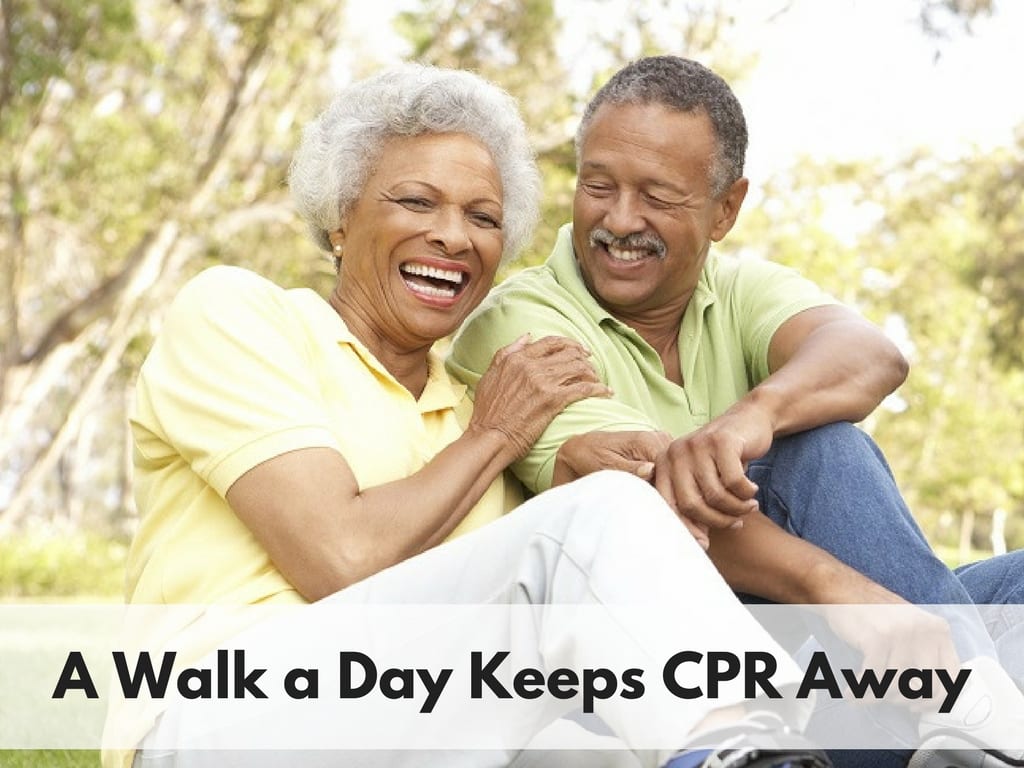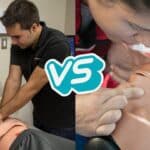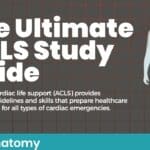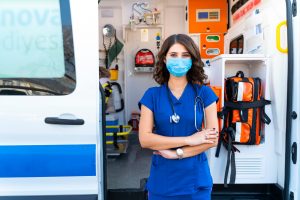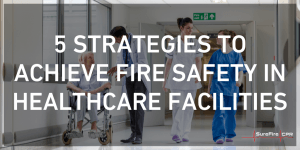An apple a day keeps the doctor away, or so the old saying goes. Much in the same vein, a daily walk – even if it lasts just a few minutes – may help a person reduce the risk of sudden cardiac arrest (SCA).
What Is SCA?
SCA is a condition that occurs when the heart suddenly stops beating. In this scenario, blood stops flowing to the brain and other essential organs. As such, SCA is fatal if it goes unaddressed for more than a few minutes.
There are many risk factors associated with SCA, and these include:
- Diabetes
- Heart disease
- High blood pressure
- Syncope (fainting or loss of consciousness)
Everyone is susceptible to SCA. In fact, Heart Rhythm Society points out two-thirds of SCA deaths occur without prior indications of heart disease. But with a proactive approach to SCA prevention, individuals of all ages can lower their risk of SCA.
The majority of SCA victims die, the National Heart, Lung and Blood Institute states. However, individuals who understand how to properly diagnose and treat SCA can help limit the loss of life in SCA emergencies.
Automated external defibrillators (AEDs) are frequently used to assist SCA victims. These devices send an electrical shock to the heart to help restore its normal rhythm. Also, AEDs are found in many public locations, such as:
- Airports
- Hotels
- Schools
- Shopping malls
- Sports venues
Furthermore, walking offers a great option for those who want to take a proactive approach to SCA prevention. A walk a day may even help people eliminate SCA risks altogether.
To better understand the benefits of walking, let’s consider the following statistics from the Centers for Disease Control and Prevention (CDC):
- About 48 percent of adults get enough physical activity to improve their health.
- 60 percent of adults walk at least 10 minutes per week.
- Only 6 percent of adults walk for fun, exercise or transportation.
Approximately 145 million adults walk as part of a physically active lifestyle, according to CDC. These adults can enjoy many benefits from walking, including:
- Improved Weight Management: Adults who walk regularly are better equipped than others to maintain a healthy weight.
- Enhanced Disease Prevention: Walking helps people manage or prevent high blood pressure, heart disease and other life-threatening conditions.
- Increased Strength and Stamina: Walking promotes muscle and bone development and helps people boost their stamina levels.
Clearly, there are numerous benefits from enjoying a walk. Emotional and mental health are bolstered, decreasing stress and increasing endorphins that support the limbic system and create a familiar feeling of happiness. Cardiac muscles become stronger, leading to decreased blood pressure and increased cardiac wellness. Meanwhile, lungs are filled with rich, fresh oxygen that saturates the cells in the bloodstream, providing energy and increasing the metabolism and mental alertness.
With consistency, walking as little as 30 minutes daily can improve your health and change your life. Little acts such as walking the dog, walking the length of the parking lot at the mall (instead of parking in the closest parking stall), taking the stairs instead of the elevator or just enjoying a daily walk around your neighborhood or park is all that is required to make a difference. Plus, keeping step with a wellness program can propel you away from the possible emergency call for basic life support (BLS) responders and possible cardiopulmonary resuscitation (CPR) in life-threatening events.
Find an excuse to take a walk, enjoy the great outdoors and fill your mind, heart and lungs with fresh air every day – you’ll be glad you did. With a relaxing walk, you can ease your mind, improve your health and minimize your risk of SCA.
Lastly, for those who want to go above and beyond the call of duty to aid SCA victims, it usually pays to enroll in CPR training. A CPR class only takes a few hours to complete, but the benefits of CPR training may last a lifetime. As SCA can happen at any time without any warning, knowing how to perform CPR can help save the life of a loved one. You never know when you will need it.
CPR training is taught by EMTs, Paramedics, nurses and other advanced medical personnel who teach students how to assist SCA victims. Additionally, CPR training enables people to learn how to identify the signs of SCA, use an AED in SCA emergencies and deliver life-saving support in any location, at any time including choking.
Enroll in CPR training, and you can become a difference-maker in your community. With CPR training, you can provide SCA victims with critical support, exactly when they need it.

